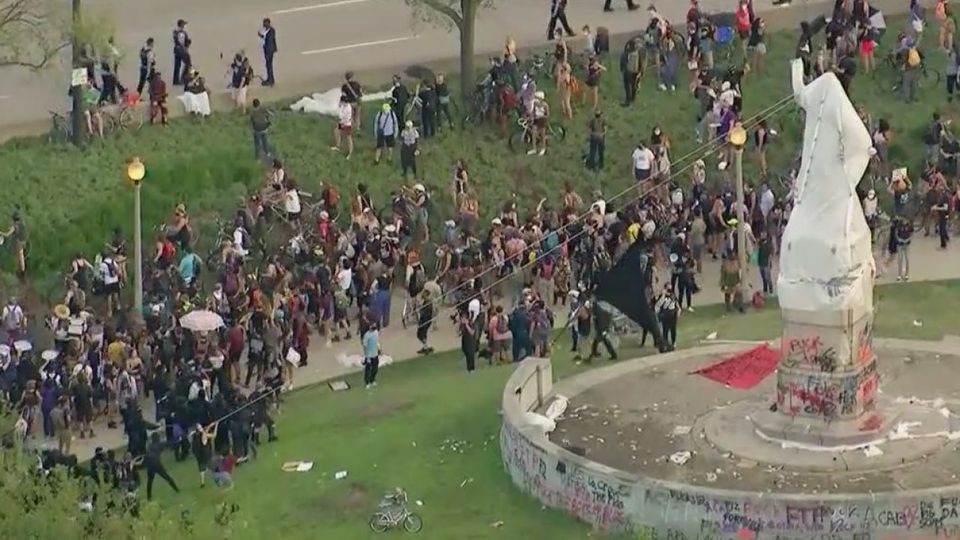Opinion: A Brief History of Columbus in Chicago
It occurred to Craig the other day that it might be confusing for new tourists or visiting vigilantes in our city as to why a Christopher Columbus statue would be here at all. The least he could do is provide context.


